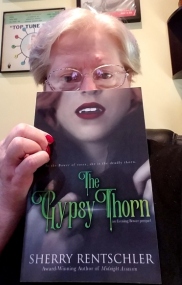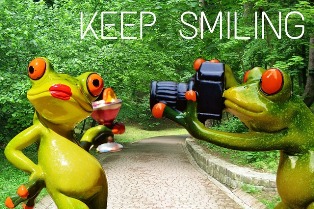Aren't You Tired?
Aren’t You Tired?
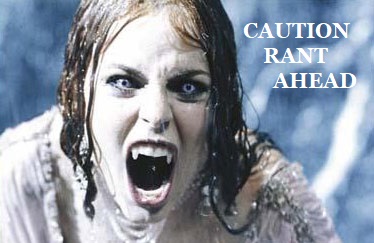
I’m tired! Time to rant and this is personal to writers everywhere. I’ve reached a limit.
I’m tired of trying to share, explain, convince, persuade, extoll, proclaim and define my worth, abilities, writing, sales, lack of sales, reasons to try, results of failures, reasons for awards or success, writing, re-writing…
I’m just tired. I’m tired of hypocrites, two-faced friends, lazy writers, mouthy writers, backstabbers, whiners, hyperbole, deriders, dividers, promise-breakers, cheaters and pseudo friends.
I think I’m having a day when my cup overfloweth with ENOUGH.
 Look. I’m a writer. I have my foibles and my strengths. Some days I’m strong and capable and flourishing while other days I’m useless, struggling, and cranky. Some days I can’t stop writing. Some days I want to stop because it sucks but I keep on plodding through it. It still sucks, though. I’m not perfect but some days I write and say things that nearly are. Little golden moments. I like to be jubilant when those moments come. Please don’t play “put-you-down” on those rare times. I tend to dislike you when you do. I know you need to feel better about you and less about me when you do that, and its ugly of you.
Look. I’m a writer. I have my foibles and my strengths. Some days I’m strong and capable and flourishing while other days I’m useless, struggling, and cranky. Some days I can’t stop writing. Some days I want to stop because it sucks but I keep on plodding through it. It still sucks, though. I’m not perfect but some days I write and say things that nearly are. Little golden moments. I like to be jubilant when those moments come. Please don’t play “put-you-down” on those rare times. I tend to dislike you when you do. I know you need to feel better about you and less about me when you do that, and its ugly of you.
I’m also human. And sensitive. I don’t like it when people assume that I never have a bad day. It would be nice to be asked how I’m doing. Sometimes I’m crappy, too. But if you really don’t care how I feel, please don’t ask me. You are the worst sort of person because I always answer with truth. If you don’t want to know, then move on. And don’t ask me how I am just so you can hurry up and tell me all about your trials and miseries.
Please don’t tell me you share my passion for writing if all you do is think about it or tell others what you plan to write. Planning is good. I plan. I outline. I research (sometimes too much). But sooner or later you have start writing. If you’re still talking about it years later, please don’t try to insinuate yourself into my world just because you need to “feel” like a writer. It’s okay if you don’t write. We can still hang out. But we’ll be more real with each other if we don’t pretend.

Writers/authors are told to surround ourselves with positive people. Well, not everyone is positive all the time. I understand bad days. I have compassion for “troubled times.” I understand long-term difficulties. But if you focus solely on the bad, you’ll send me away. If you focus only on you, you’ll send me away. Sometimes you have to step into the light so that others can help. Be positive even in the face of adversity and let others reach you. And don’t forget that others may have need of you to be uplifting too. Don’t forget to ask how someone else is doing. (Unless of course, you don’t care and then you are the person I’m speaking about here).
I’m tired. I don’t like playing games with people. I don’t like ulterior motives or playing “one-up-manship.” Every writer is different. Every writer walks a solitary path with individualized goals and expectations. I can’t do what you do and I don’t expect to see or feel the same success as you do, when you do. Mine is going to come in its own time and as I work for it. Magic does not happen without effort. You cannot achieve what I do and you shouldn’t try. I cannot do what you do and must not measure myself against you. Do your thing. I will support you. I will encourage you. I will help when and where I can. I expect the same from you in support, encouragement, understanding in return. When you don’t support in kind, it will tell me a great deal about you.

Please don’t be one of these writers that only wishes to speak about self, never has time to ask about me or others. Please don’t be so self-absorbed that you forget there are others out there with projects and stuff to share, too. Don’t care? Then don’t expect me to care about you!
How about you? Haven’t you had enough crap? Aren’t you tired?
Then stop enabling! Stop “putting up with” and start demanding better. The writer community can be a golden, helpful, learning place. Choke out the weeds. Burn off the rot. Seek higher ground. Breathe fresher air. Become energized by light. Shed everything that makes you tired. And anyone.
The thing that makes me the most tired? Those who are determined not to change, those who don’t try, and those who talk a good game, empty as it is.
I’m very tired. But I have the ability to change this. So do you. Here I go. No more crap, okay? All you people with your selfish, self-serving, senseless, useless, two-faced, compassionless, pointless, narcissistic usury, go elsewhere. We’re finished. I’m officially too tired to care for you.

As Yoda said, “Do or do not. There is no try.” Care or don’t. Write or don’t. But let’s stop playing and pretending. ‘Nuff said. Rant over.
Yours Between the Lines,
Sherry















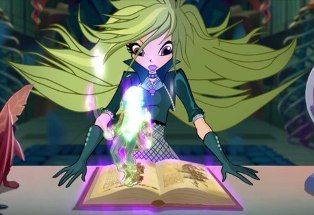
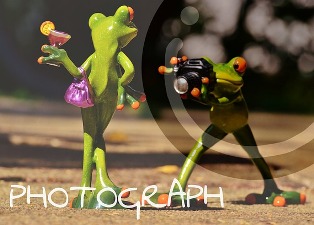

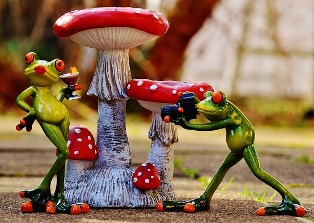



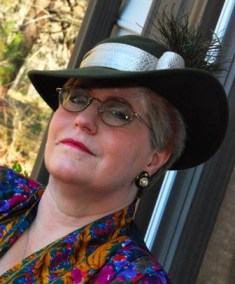 Spend money for a good photograph. And no, it won’t cost you like your cover, formatting, and editor will. I got a great deal for less than $100. And I got 10 various shots in color and black and white. Standard prices run from the low end like mine to around $200. Check references and go look at photos taken in the past. Find a photographer who “gets” you.
Spend money for a good photograph. And no, it won’t cost you like your cover, formatting, and editor will. I got a great deal for less than $100. And I got 10 various shots in color and black and white. Standard prices run from the low end like mine to around $200. Check references and go look at photos taken in the past. Find a photographer who “gets” you. 